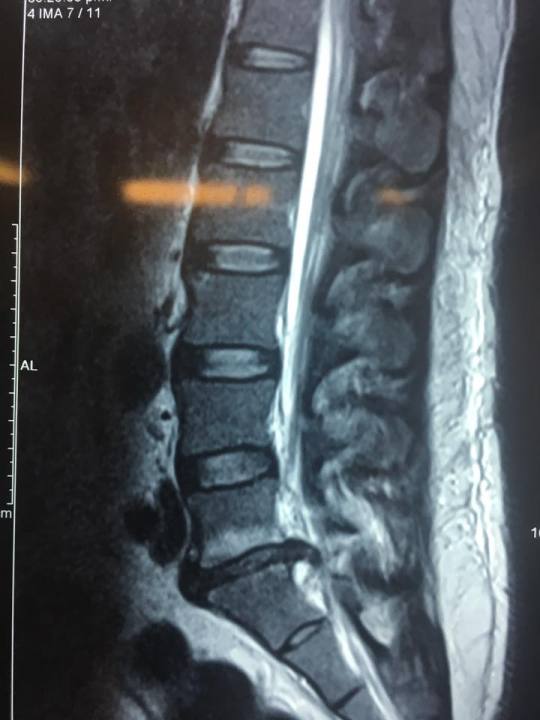Anatomic Humeral Head Reconstruction With Fresh Osteochondral Talus Allograft for Recurrent Glenohumeral Instability With Reverse Hill-Sachs Lesion
Fuente
Este artículo es originalmente publicado en:
Este artículo es originalmente publicado en:
http://www.arthroscopytechniques.org/article/S2212-6287%2816%2930199-2/fulltext#.WLz5SmvuKgo.twitter
De:
George Sanchez, B.S., Katrina Schantz, P.A.-C., Marcio Ferrari, M.D., Anthony Sanchez, B.S.,
Salvatore Frangiamore, M.D., Sandeep Mannava, M.D., Ph.D.
Artículo en PRENSA
Todos los derechos reservados para:
© 2016 by the Arthroscopy Association of North America
The treatment of recurrent glenohumeral instability, especially with a concomitant bony lesion, remains challenging. This is especially true in the case of posterior instability given its less common incidence. Moreover, the presence of an engaging reverse Hill-Sachs lesion in combination with posterior instability will result in the need for a more aggressive treatment option. In comparison with a Hill-Sachs lesion, a reverse Hill-Sachs lesion features greater chondral deficiency that must be addressed during treatment. We propose the talus allograft as a potential allograft for treatment of an engaging reverse Hill-Sachs lesion. The superior articular surface of the talus may be used to reconstruct the articular surface of the humeral head. In this technical note, we describe our preferred primary technique for treatment of an engaging reverse Hill-Sachs lesion with recurrent glenohumeral instability through use of a fresh osteochondral talus allograft, as well as discuss the advantages and disadvantages of this allograft option.
El tratamiento de la inestabilidad glenohumeral recurrente, especialmente con una lesión ósea concomitante, sigue siendo un reto. Esto es especialmente cierto en el caso de la inestabilidad posterior dada su incidencia menos común. Además, la presencia de una lesión inversa Hill-Sachs inversa en combinación con la inestabilidad posterior resultará en la necesidad de una opción de tratamiento más agresiva. En comparación con una lesión de Hill-Sachs, una lesión inversa de Hill-Sachs presenta una mayor deficiencia de condral que debe ser abordada durante el tratamiento. Proponemos el aloinjerto del astrágalo como un posible aloinjerto para el tratamiento de una lesión de Hill-Sachs inversa. La superficie articular superior del astrágalo se puede utilizar para reconstruir la superficie articular de la cabeza humeral. En esta nota técnica describimos nuestra técnica primaria preferida para el tratamiento de una lesión inversa de Hill-Sachs inversa con inestabilidad glenohumeral recurrente mediante el uso de un aloinjerto de talud osteocondral fresco, así como discutir las ventajas y desventajas de esta opción de aloinjerto.



